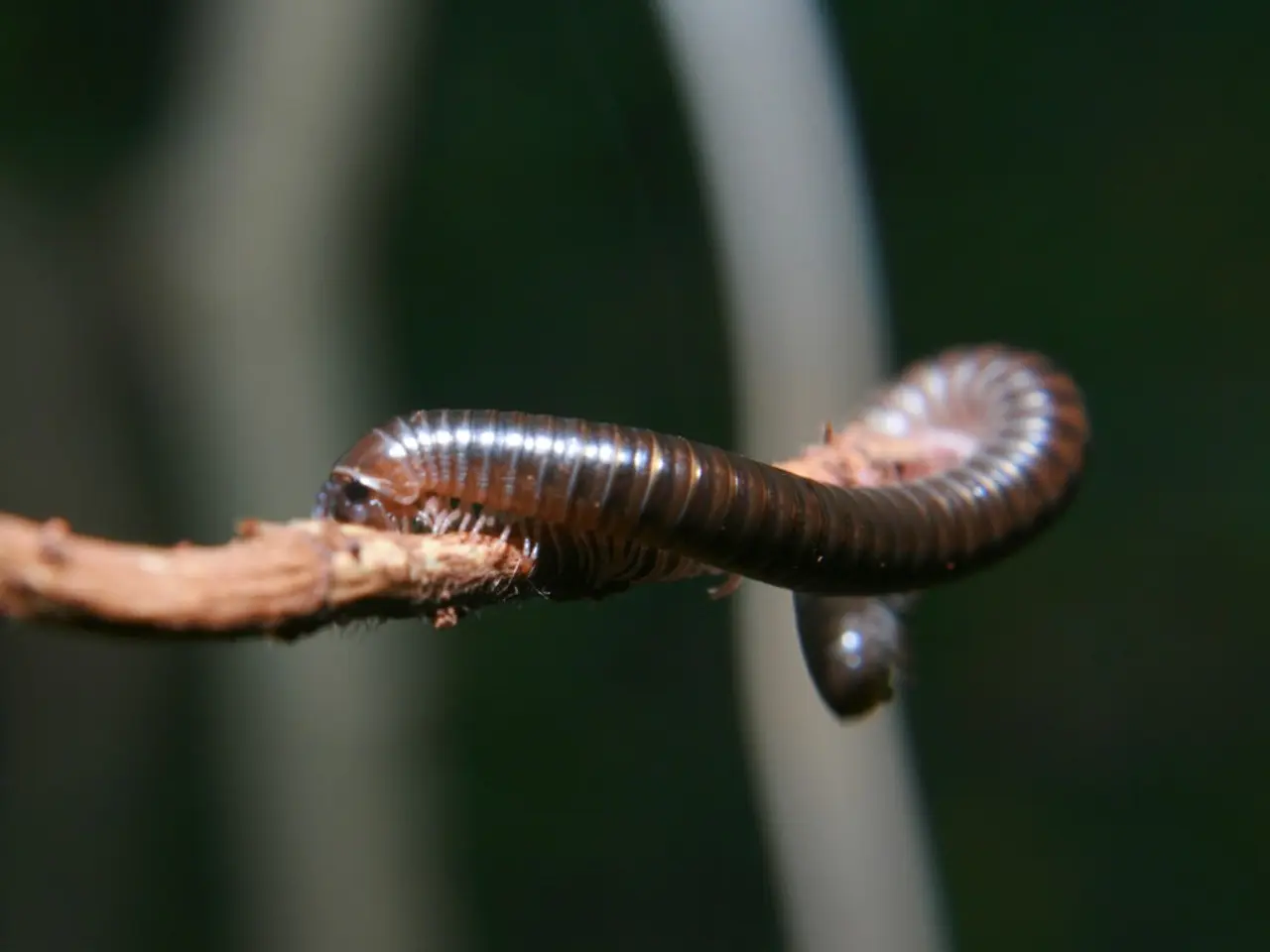U.S.-Mexico livestock trading resumes following temporary halt due to screwworm outbreak.
The United States Department of Agriculture (USDA) has announced a phased plan for the reopening of select ports of entry on the southern border for livestock trade from Mexico, following concerns about the New World Screwworm (NWS) outbreak.
U.S. Secretary of Agriculture Brooke L. Rollins stated that the Trump Administration has improved conditions for this phased reopening, prioritizing risk-based measures and ongoing surveillance to prevent the reintroduction or spread of the NWS. The reopening timeline reflects improved control of the NWS outbreak since the original closure of livestock imports on May 11, 2025.
The first port to reopen will be Douglas, Arizona, on July 7, 2025, followed by Columbus, New Mexico, on July 14, 2025, and Santa Teresa, New Mexico, on July 21, 2025. Del Rio, Texas, is scheduled to reopen on August 18, 2025, pending the adoption of NWS protocols in Coahuila and Nuevo Leon, while Laredo, Texas, is set to follow on September 15, 2025, also conditional on the adoption of NWS protocols.
Key biosecurity efforts include weekly dispersal of over 100 million sterile NWS flies in Mexico, extensive field inspections, and collaborative monitoring between USDA’s Animal and Plant Health Inspection Service (APHIS) and Mexican agencies. Equine imports require a 7-day quarantine at approved facilities, such as the one planned at Santa Teresa.
Only cattle and bison born and raised in Sonora or Chihuahua or those treated as per USDA protocols are eligible for import at the reopened ports. After each reopening, the USDA will evaluate to ensure no adverse effects arise.
The USDA's collaboration with Mexico's National Department of Health, Food Safety, and Food Quality includes outreach, education, and training about the NWS. The renovation of the sterile fruit fly facility in Metapa will allow for the re-establishment of the screwworm barrier at the Darien Gap in Panama.
The USDA's central laboratory will be utilized for diagnosing NWS cases. The collaboration aims to increase NWS surveillance, detection, and eradication efforts. It is important to note that the NWS often infests livestock, pets, wildlife, occasionally birds, and in rare cases, people. The NWS fly larvae can cause serious, often deadly damage to animals.
The USDA eradicated the NWS from the United States in 1966 using the sterile insect technique, but there is a constant risk of re-introduction. Mexico will renovate its sterile fruit fly facility in Metapa, with completion expected by July 2026. The reopening of the U.S.-Mexico border for livestock passage is set to commence on July 7th.
[1] USDA. (2025). New World Screwworm (NWS) Outbreak: Phased Reopening Plan for Southern U.S. Ports of Entry. Retrieved from
[2] USDA. (2025). New World Screwworm (NWS) Outbreak: Collaboration with Mexico's National Department of Health, Food Safety, and Food Quality. Retrieved from
[3] USDA. (2025). New World Screwworm (NWS) Outbreak: Weekly Dispersal of Sterile Flies in Mexico. Retrieved from
[4] USDA. (2025). New World Screwworm (NWS) Outbreak: Equine Import Quarantine Requirements. Retrieved from
- The reopening of select ports for livestock trade from Mexico is a significant development in the general news and policy-and-legislation sector, as it involves collaboration between the United States Department of Agriculture (USDA) and the Mexican National Department of Health, Food Safety, and Food Quality.
- In the finance industry, the phased reopening of ports for livestock trade from Mexico may have impacts on the agriculture business, particularly for companies and farmers involved in the livestock industry.
- The energy sector could potentially be affected by the New World Screwworm (NWS) outbreak and the subsequent reopening of ports, as the infrastructure for the weekly dispersal of sterile NWS flies in Mexico requires significant resources and coordination.




